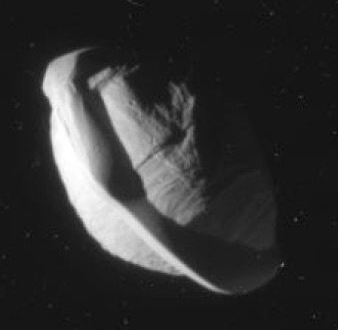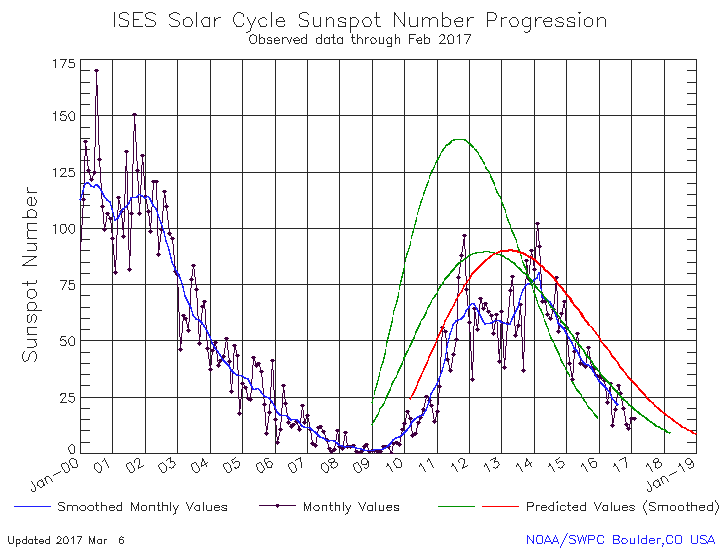Sessions asks all remaining attorneys appointed by Obama to resign
Better late than never: Attorney General Jeff Sessions today asked the attorneys appointed by Obama that remain in the Justice Department to resign.
The article says that this is standard operating procedure, but that is not entirely true. Until Clinton was president most Justice Department attorneys were long term prosecutors who remained in office from administration to administration. They were not partisan appointees. Clinton changed that when he fired them all. I do not know if Bush followed through and did the same thing, but I tend to doubt it. Obama however would have certainly fired any Bush appointees when he took office.
What makes this significant is that it appears to be the first time that a Republican president since Clinton is fighting back and cleaning house of Democratic appointees.
Better late than never: Attorney General Jeff Sessions today asked the attorneys appointed by Obama that remain in the Justice Department to resign.
The article says that this is standard operating procedure, but that is not entirely true. Until Clinton was president most Justice Department attorneys were long term prosecutors who remained in office from administration to administration. They were not partisan appointees. Clinton changed that when he fired them all. I do not know if Bush followed through and did the same thing, but I tend to doubt it. Obama however would have certainly fired any Bush appointees when he took office.
What makes this significant is that it appears to be the first time that a Republican president since Clinton is fighting back and cleaning house of Democratic appointees.







